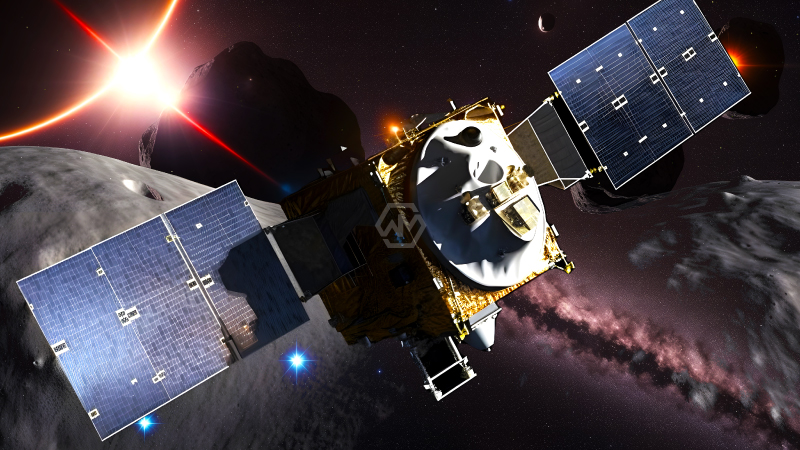- The prior night landing, regulators will have a last open door to cut short if conditions are not right.
- Provided that this is true, the test would then circle the Sun before its next endeavor – – in 2025.
- A last dress practice occurred in August, with a reproduction case dropped from a helicopter.
NASA’s most memorable mission to recover a space rock test and return it to US soil is normal to arrive at a hazardous finale on Sunday with a plunge into the Utah desert.
Researchers trust the material – – perhaps the most incredible at any point recovered by such a mission – – will give mankind a superior comprehension of the development of our planetary group and how Earth became livable.
NASA’s Historic Asteroid Space Probe
The US space test OSIRIS-REx sent off in 2016, gathered up the example from a space rock called Bennu right around a long time back.
Score is booked for Sunday at around 9:00 am nearby time (1500 GMT), at a tactical testing site in the western state.
Around four hours sooner, at around 67,000 miles (108,000 kilometers) away from Earth, the Osiris-Rex test will deliver the case containing the example.
If all works out positively, two progressive parachutes will carry the container to a delicate arrival on the desert floor, where it will be recovered by prepositioned staff.
“Test return missions are hard. Various things can turn out badly,” said Sandra Freund, Lockheed Martin’s OSIRIS-REx program administrator.
Groups have fastidiously arranged for the case’s return – – even a “hard landing situation” as per Freund – – to save the space rock material in its flawless structure.
NASA has concentrated on ways of redirecting a space rock’s direction, and a superior comprehension of Bennu’s structure could thusly demonstrate value.



